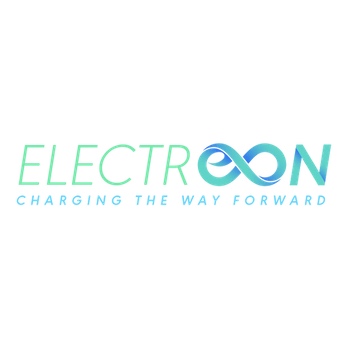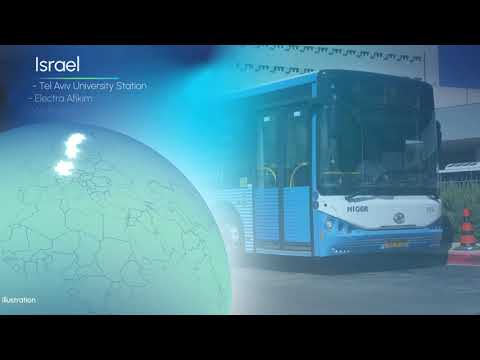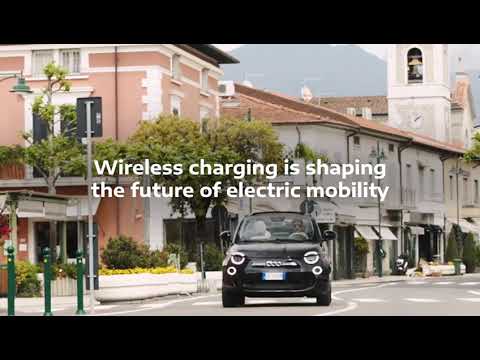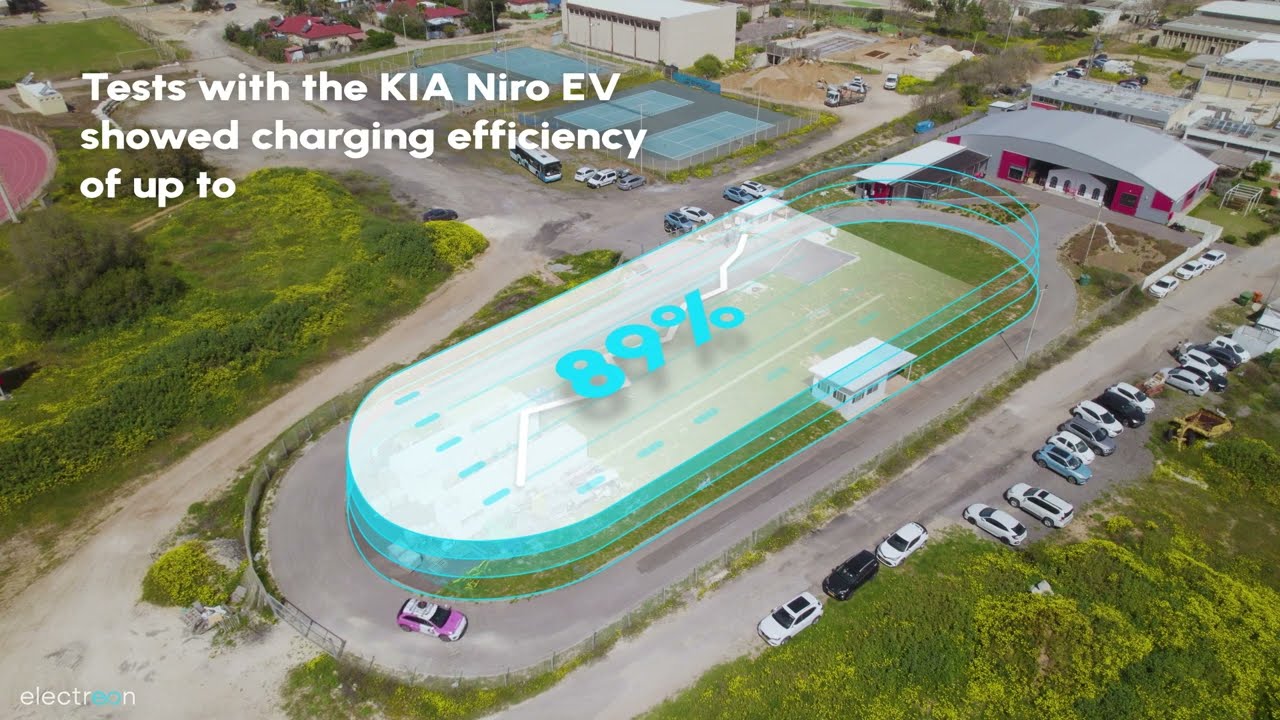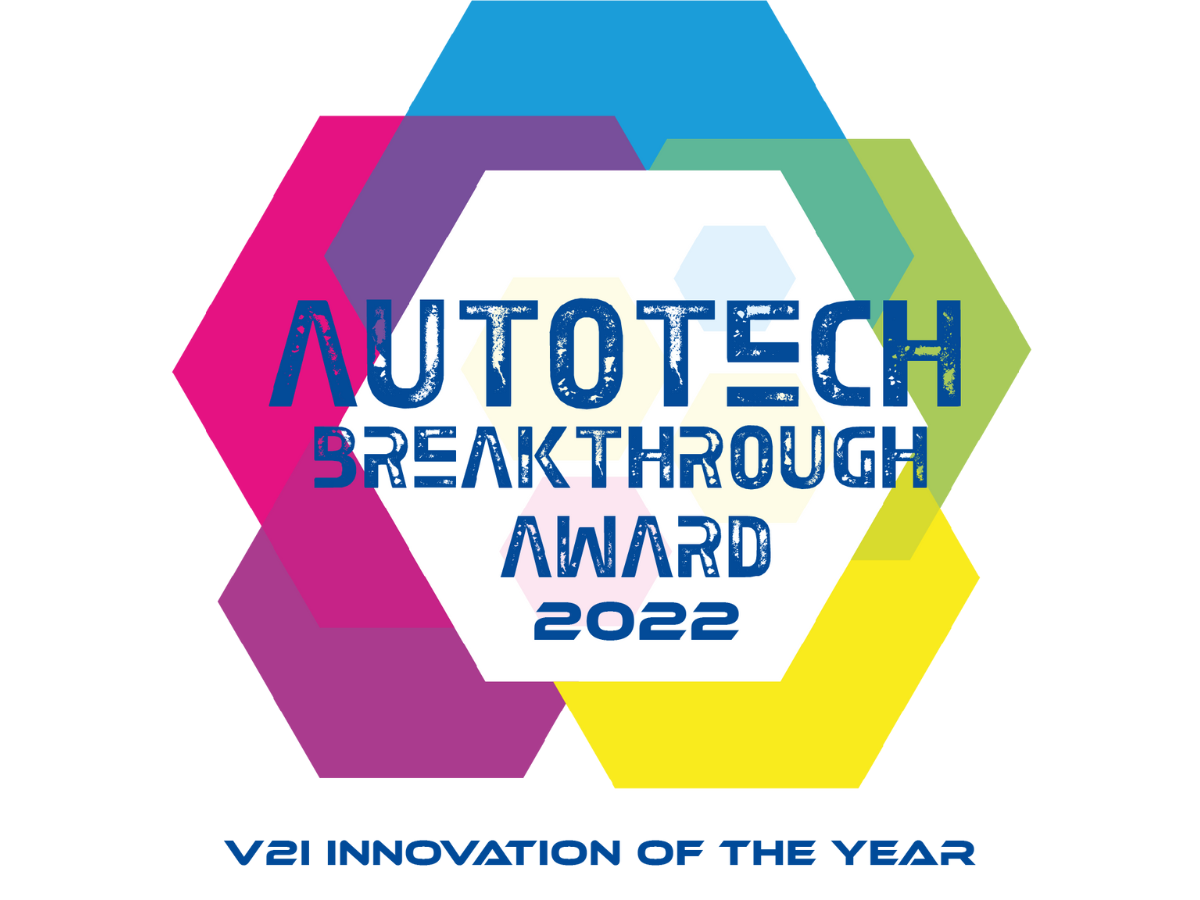Charging the Way Forward with Wireless Electric Road Systems
Electreon is a publicly-traded Israeli company, developing and implementing Wireless Electric Road Systems (ERS) – a shared, invisible platform that wirelessly charges commercial and passenger electric vehicles while driving. By significantly decreasing battery size, cost and weight and improving operational efficiency, Electreon offers governments, cities and fleet operators the most sustainable and cost-effective solution towards 100% global electrification.
Founded in 2013, Electreon strives to revolutionize E- mobility with the ultimate goal of eliminating the dependency on oil. Electreon is paving the way for future green e-mobility solutions with a unique “Smart road technology”, by developing a Dynamic Wireless Electrification System for electric transportation.
Electreon’s revolutionary technology reduces the need for a large battery in the vehicle and powers it wirelessly via minimal infrastructure located under the driving lane. Eliminating the need to stop for recharging or refueling the vehicle during the day.
Once the system has been deployed in the main roads for public transportation then it can serve as a platform for all kind of vehicles eliminating the initial costs. In addition, Electreon can harvest energy due to vehicle braking and transfer it back to the electricity grid, it reduces the total amount of energy consumed by the transportation sector.
Values
- Charging forward – Always seek advancement and progression. Pursue being the best. Act innovatively and thrive.
- Take part and be the change – Together we have the power to change. Be a partner, not just a community member. Aim for a better world.
- Sustainability – Value Simplicity. Aim for clean and elegant solutions. Be straightforward and humble. Believe and act with minimalism in order to merge with the environment.
Wireless Electric Road Systems
- Under-Road Units – infrastructure built of copper coils under the asphalt
- Management Unit – transfers the energy from the electricity grid to the road infrastructure and manages communication with approaching vehicles
- Vehicle Unit – receivers are installed on the floor of the vehicle to transmit the energy directly to the engine and the battery while driving
- Central Control Unit (CCU) – operates on a cloud, it can communicate with all management units and all registered vehicles
Advantages
- Minimization of battery size – cheaper, lighter, more efficient and more space for passengers and cargo
- Increase utilization – no idle time due to charging
- Elimination of range anxiety and dependency on battery performance
- Shared platform for all EVs reduces deployment investment
- No charging stations – saving land resources and visual hazards
- Leveraging existing infrastructure – no need for new grid infrastructure and transformation stations
- Minimization of pollution and carbon emissions due to electrification
- Supports distributed renewable energy – systems by connecting to multiple renewable energy stations along the routes

